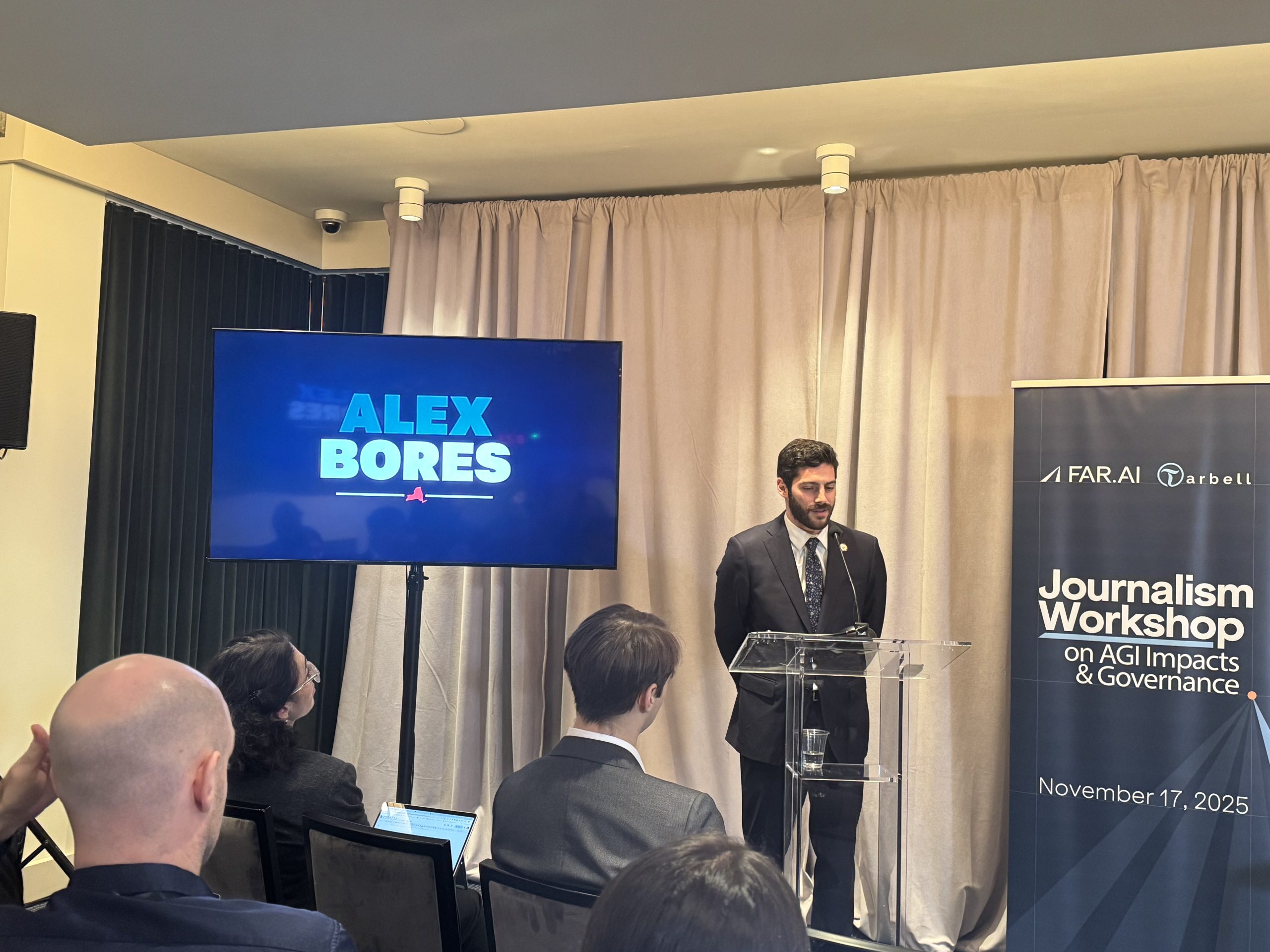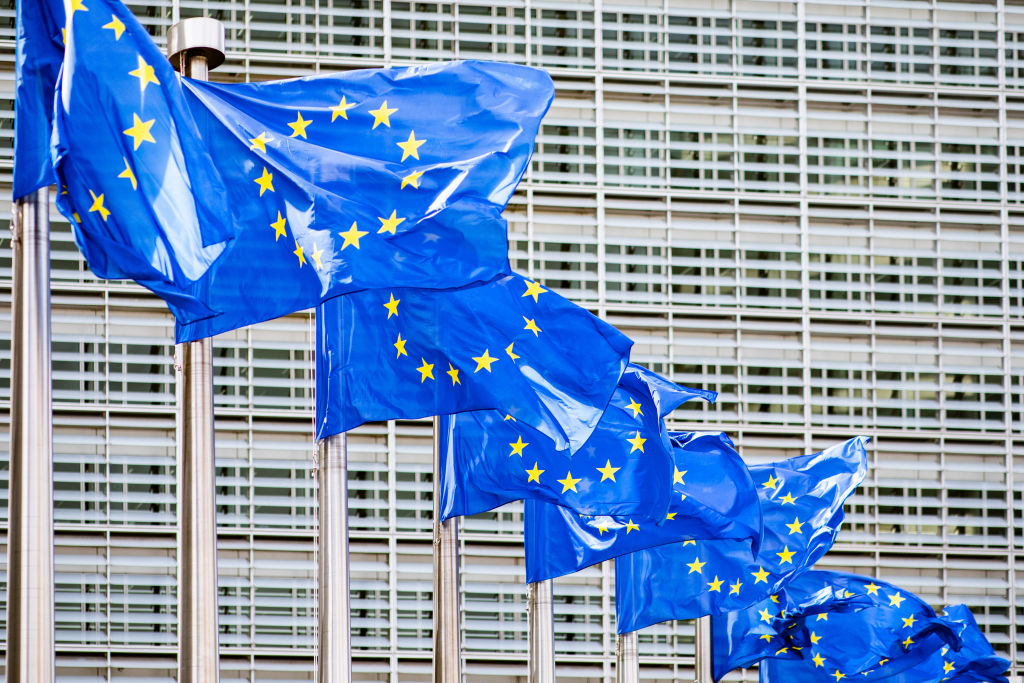
In a pivotal decision shaping the landscape of digital commerce and competition, Meta Platforms Inc. has emerged triumphant from a protracted five-year legal battle with the U.S. Federal Trade Commission (FTC). U.S. District Court Judge James Boasberg delivered a definitive ruling on November 18, 2025, denying the FTC’s assertion that Meta operates as an illegal monopoly. This judgment effectively dismisses the government’s efforts to unwind Meta’s crucial acquisitions of Instagram in 2012 and WhatsApp in 2014, marking a significant setback for federal regulators seeking to curb the power of dominant technology firms.
The lawsuit, initiated by the FTC, contended that Meta (then Facebook) systematically acquired nascent competitors to eliminate potential threats to its social networking dominance, thereby stifling innovation and reducing consumer choice. The core of the government’s argument revolved around the concept of "killer acquisitions," where an established company buys smaller, promising rivals not for their immediate revenue, but to neutralize future competitive pressure. However, Judge Boasberg concluded that the FTC failed to provide sufficient evidence demonstrating Meta’s current monopolistic status, a ruling that could have profound implications for future antitrust enforcement in the rapidly evolving tech sector.
The Genesis of a Giant: Meta’s Strategic Acquisitions
To understand the magnitude of this legal challenge, it is essential to revisit the strategic maneuvers that transformed Facebook into the sprawling entity now known as Meta. The company’s trajectory from a university dorm room project to a global social media behemoth was marked by aggressive growth, both organic and through acquisition.
Instagram (2012): A Billion-Dollar Bet
When Facebook acquired Instagram for approximately $1 billion in April 2012, the photo-sharing application was barely two years old, had a mere 13 employees, and was generating no revenue. Yet, it boasted a rapidly growing user base of around 30 million, primarily on iOS, and was just about to launch on Android. Facebook’s founder, Mark Zuckerberg, recognized Instagram’s potent threat as a visually-driven social network gaining significant traction, particularly among younger demographics. Internal communications surfaced during the trial, including a February 2012 email from Zuckerberg, underscored this strategic foresight. He wrote, "One way of looking at this is that what we’re really buying is time. Even if some new competitors springs [sic] up, buying Instagram, Path, Foursquare, etc. now will give us a year or more to integrate their dynamics before anyone can get close to their scale again." This candid admission became a central piece of evidence for the FTC, attempting to illustrate a pattern of anti-competitive behavior.
WhatsApp (2014): The $19 Billion Messaging Powerhouse
Two years later, in February 2014, Facebook made an even more audacious move, acquiring mobile messaging service WhatsApp for a staggering $19 billion. At the time, WhatsApp had over 450 million active users and was growing at an incredible pace, adding a million new registrations daily. Its appeal lay in its simplicity, end-to-end encryption, and cross-platform availability, offering a free alternative to traditional SMS. Zuckerberg again saw a potential competitor, recognizing that messaging was becoming a foundational layer for digital communication and social interaction, a domain where Facebook Messenger was still playing catch-up. The acquisition consolidated Facebook’s position across multiple facets of online communication, from social networking to photo sharing and instant messaging.
These acquisitions were largely approved by regulators at the time, reflecting a different era of antitrust scrutiny, one perhaps less attuned to the unique dynamics of digital markets and network effects. The FTC’s subsequent decision to challenge these deals years later represented a significant shift in regulatory philosophy, spurred by increasing public and political concerns over the concentration of power in Silicon Valley.
The FTC’s Legal Offensive and Antitrust Framework
The FTC’s antitrust lawsuit against Meta was filed in December 2020, following an extensive investigation into Facebook’s competitive practices. The complaint alleged that Facebook engaged in a "systematic strategy" to eliminate competition, primarily through the Instagram and WhatsApp acquisitions. The agency sought a permanent injunction that could include the divestiture of Instagram and WhatsApp, effectively unwinding the deals that were central to Meta’s expansion.
The case was built upon the foundations of U.S. antitrust law, primarily the Sherman Act and the Clayton Act. The Sherman Act, enacted in 1890, prohibits agreements that restrain trade and monopolization. The Clayton Act, passed in 1914, addresses specific practices like mergers and acquisitions that could substantially lessen competition or tend to create a monopoly. The FTC, as an independent agency, is tasked with enforcing these laws to prevent anti-competitive behavior and ensure fair competition.
A crucial aspect of any antitrust case is the definition of the relevant market. The FTC argued for a narrowly defined "personal social networking services" market, where Meta held a dominant position. This narrow definition was critical to proving Meta’s monopoly power. However, defining digital markets is notoriously complex. What constitutes a "social networking service" in an era where platforms increasingly converge functionalities? Is TikTok a social network, a media app, or both? This ambiguity became a cornerstone of the defense.
Judge Boasberg’s Ruling: A Shift in Market Definition
Judge Boasberg’s memorandum opinion, released on November 18, 2025, directly addressed this central issue of market definition. He found that the FTC failed to sufficiently define the relevant market and, consequently, failed to prove that Meta currently holds monopoly power within it.
The judge explicitly acknowledged the rapid evolution of the digital landscape. "The landscape that existed only five years ago when the Federal Trade Commission brought this antitrust suit has changed markedly," Boasberg wrote. He pointed to the emergence and explosive growth of platforms like TikTok as compelling evidence that Meta faces significant, active competition. "While it once might have made sense to partition apps into separate markets of social networking and social media, that wall has since broken down."
This observation is crucial. Historically, antitrust cases often segmented markets into distinct categories, such as operating systems or web browsers. However, the rise of multi-functional digital platforms, where video sharing, messaging, and social interaction frequently intertwine, blurs these traditional lines. TikTok, for instance, offers short-form video content but also robust social features, direct messaging, and a strong community aspect, directly competing for user attention and advertising revenue with Meta’s Facebook and Instagram. This fluidity in user behavior and platform functionality makes a narrow market definition difficult to sustain in court.
Boasberg’s decision essentially centered on Meta’s current market position, rather than dwelling solely on the intent or potential anti-competitive effects of its past acquisitions at the time they occurred. While the internal emails from Mark Zuckerberg highlighted Meta’s strategic intent to neutralize rivals and "buy time," the judge was tasked with assessing whether this past conduct had resulted in a present illegal monopoly. The existence of formidable competitors like TikTok proved to be a critical counter-argument for Meta.
Implications for Antitrust Enforcement and Tech Regulation
This ruling carries significant weight for the future of antitrust enforcement, particularly concerning large technology companies. It underscores the immense challenges regulators face in applying traditional antitrust statutes to dynamic, innovation-driven digital markets.
Impact on Future M&A: The decision may embolden other tech giants to pursue strategic acquisitions, confident that historical deals, even those with clear competitive motivations, might be difficult to challenge retrospectively if new competitors have emerged. It sets a high bar for proving current monopoly power, especially in markets characterized by rapid technological change and evolving consumer preferences.
Challenges of Market Definition: The difficulty in defining "relevant market" in digital spaces remains a central hurdle for antitrust plaintiffs. As platforms converge and offer diverse services, traditional categories become less useful. Regulators may need to adapt their analytical frameworks to account for multi-sided platforms, network effects, and the global nature of digital competition.
FTC’s Path Forward: This loss is a significant blow to the FTC, particularly under an administration that has prioritized aggressive antitrust enforcement against Big Tech. The agency could choose to appeal Judge Boasberg’s decision to a higher court, arguing that the judge misinterpreted the relevant market or the scope of antitrust law. Alternatively, it might re-evaluate its strategy for future cases, perhaps focusing on different theories of harm or seeking legislative changes to update antitrust laws for the digital age.
Broader Regulatory Landscape: This case is just one piece of a much larger global effort to regulate tech giants. Governments worldwide are grappling with issues ranging from data privacy and content moderation to market dominance and taxation. While this ruling favors Meta in one specific antitrust context, the broader regulatory pressure on the company and its peers is unlikely to subside. Lawmakers and consumer advocates continue to voice concerns about the societal and cultural impact of concentrated power in the hands of a few companies, regardless of judicial findings on strict monopolization.
The Evolving Digital Ecosystem
Meta, for its part, has continued to evolve beyond its social networking roots. The company rebranded from Facebook to Meta Platforms Inc. in 2021, signaling a strategic pivot towards the "metaverse"—a vision of interconnected virtual worlds. This ambitious undertaking requires massive investment in virtual and augmented reality technologies, further diversifying its portfolio and potentially introducing new competitive landscapes.
The digital ecosystem is in constant flux. The rise of TikTok, the continued innovation in messaging apps, and the burgeoning interest in decentralized social platforms all demonstrate that even dominant players face continuous pressure to innovate and adapt. Judge Boasberg’s ruling reflects a judicial acknowledgment of this dynamic reality, suggesting that the presence of fierce competition, even from unexpected corners, can dismantle arguments of entrenched monopoly.
While Meta celebrates this legal victory, the broader debate about the appropriate scale and influence of technology companies is far from over. This decision, however, provides a crucial legal precedent, emphasizing the complex interplay between technological innovation, market dynamics, and the application of antitrust law in the 21st century.




